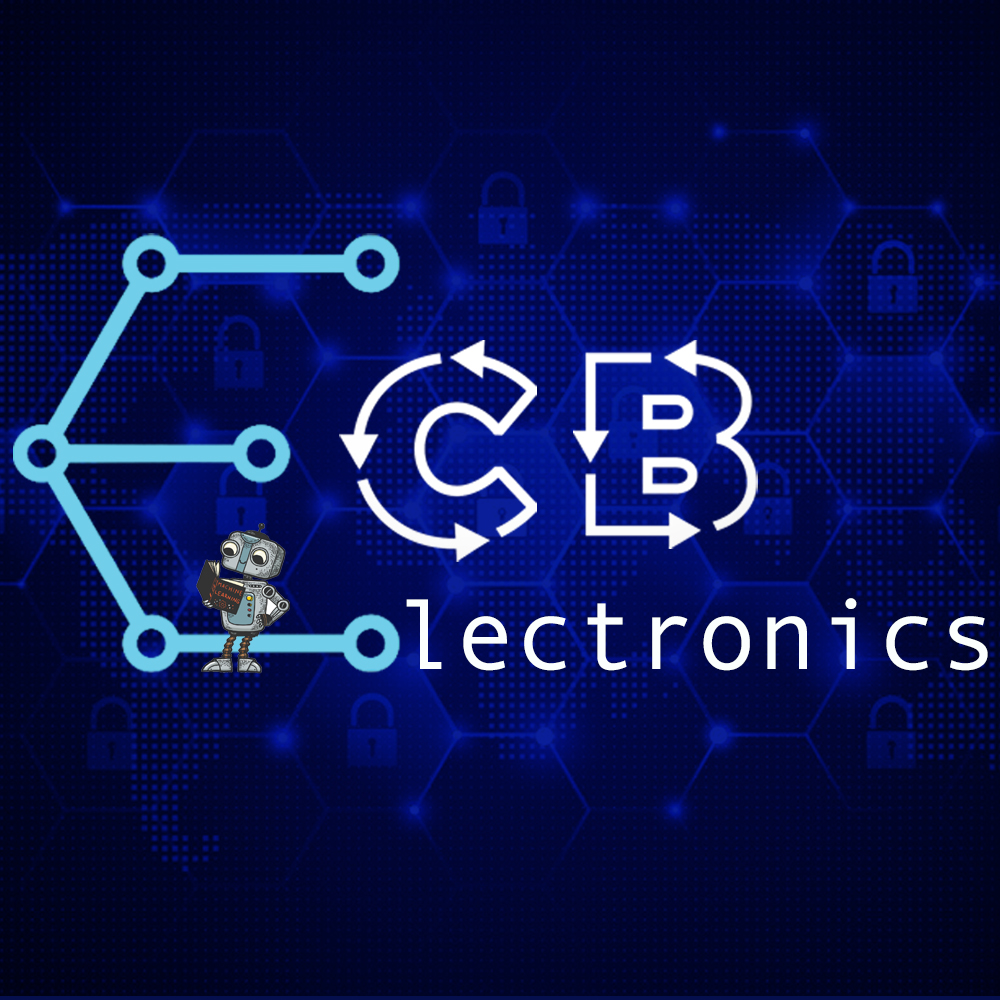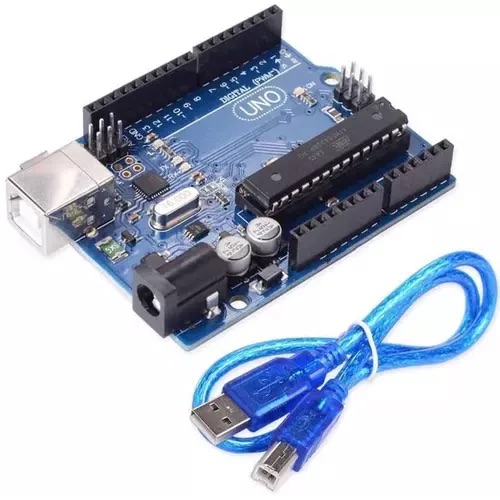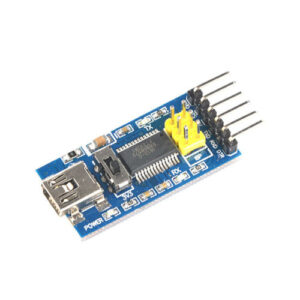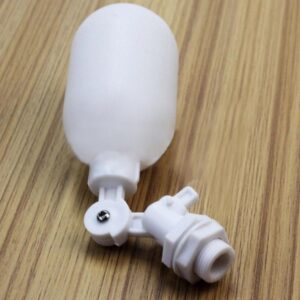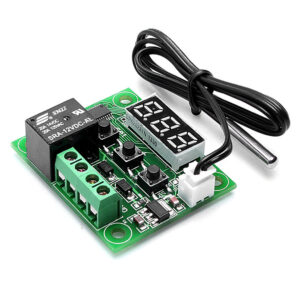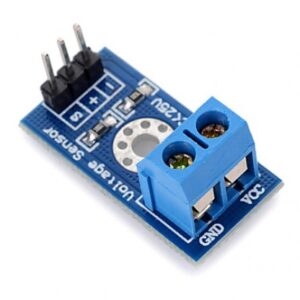Description
The Arduino Uno is a microcontroller board based on the ATmega328. It has 20 digital input/output pins (of which 6 can be used as PWM outputs and 6 can be used as analog inputs), a 16 MHz resonator, a USB connection, a power jack, an in-circuit system programming (ICSP) header, and a reset button. It contains everything needed to support the microcontroller; simply connect it to a computer with a USB cable or power it with a AC-to-DC adapter or battery to get started.
The Uno differs from all preceding boards in that it does not use the FTDI USB-to-serial driver chip. Instead, it features the Atmega8U2 programmed as a USB-to-serial converter. This auxiliary microcontroller has its own USB bootloader, which allows advanced users to reprogram it.
Summary
- Microcontroller: ATmega328
- Operating voltage: 5 V
- Input voltage (recommended): 7-12 V
- Digital I/O pins: 20 (of which 6 provide PWM output)
- Analog input pins: 6*
- DC current per I/O pin: 40 mA
- DC current for 3.3V pin: 50 mA
- Flash memory: 32 KB (ATmega328) of which 0.5 KB used by bootloader
- SRAM: 2 KB (ATmega328)
- EEPROM: 1 KB (ATmega328)
- Clock speed: 16 MHz
*The Arduino Uno has 20 total available I/O lines; all of them can function as digital I/O lines, and six of them can be used as analog inputs.
